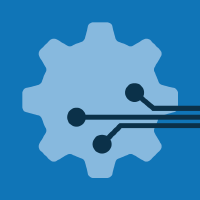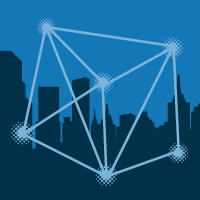Topic Menu
► Topic MenuTopic Editors


Digital Innovation for Realizing the Goals of Construction 5.0
Topic Information
Dear Colleagues,
With the emergence of the digital economic era, the digitization of the construction industry has been extensive. Legacy characteristics of the construction industry, such as stakeholder complexity, fragmentation, low profit margins, low productivity, etc., render it ripe for digitization. In the new digital era, the construction industry is required to develop better buildings and offer better services in a shorter time and with tighter budgets. The rapid development of society requires that the construction industry move to a human-centric paradigm building on super-connectivity and aiming at sustainability and resilience, comprising the goals of the new Construction 5.0 framework. These goals propose new challenges to construction innovation and enable the improvement of its newly defined efficacy to be imperative. Under such circumstances, digital technologies promise a new path for improving construction innovation. Digital innovation implies the creation of (and a consequent change in) new market offerings, business processes, or production models resulting from the use of digital technology. Digital innovation makes an essential contribution to construction innovation within the landscape of Construction 5.0.
The goal of this Topic is to publish research- and practice-oriented papers, as well as genuine review-oriented contributions to the body of new knowledge on subjects closely related to the goals of Construction 5.0. Topics may include, but are not limited to, the following:
- Fundamental research on digital innovation in construction in the context of Construction 5.0;
- Organizational aspects, actors, management strategies, etc., for digital innovation in construction aimed at achieving the goals of Construction 5.0;
- Future digital capabilities for individuals, organizations, and projects in construction;
- Roadmaps and frameworks for Construction 5.0-oriented digitalization of construction enterprises, projects, and industry;
- Defining and measuring the contribution of digital innovation to low carbon/smart/sustainable/resilient building;
- Relationship between advancements in construction and the development of the smart cities;
- Bio-inspired construction technologies;
- Construction waste recycling;
- The role of IT and digitization in reducing injuries and fatalities on construction sites;
- Core digital technologies for achieving the digital ecosystem in sustainable construction.
We sincerely welcome your contributions to this Topic.
Prof. Dr. Miroslaw J. Skibniewski
Dr. Hui Liu
Dr. Yu Lei
Prof. Dr. Chunlu Liu
Topic Editors
Keywords
- digital innovation
- construction innovation
- digitalization
- Construction 5.0
- sustainable and resilient construction
Participating Journals
| Journal Name | Impact Factor | CiteScore | Launched Year | First Decision (median) | APC |
|---|---|---|---|---|---|

Automation
|
- | 2.9 | 2020 | 20.6 Days | CHF 1000 |

Buildings
|
3.1 | 3.4 | 2011 | 17.2 Days | CHF 2600 |

Digital
|
- | 3.1 | 2021 | 23.6 Days | CHF 1000 |

Energies
|
3.0 | 6.2 | 2008 | 17.5 Days | CHF 2600 |

Sensors
|
3.4 | 7.3 | 2001 | 16.8 Days | CHF 2600 |

Smart Cities
|
7.0 | 11.2 | 2018 | 25.8 Days | CHF 2000 |

Sustainability
|
3.3 | 6.8 | 2009 | 20 Days | CHF 2400 |

MDPI Topics is cooperating with Preprints.org and has built a direct connection between MDPI journals and Preprints.org. Authors are encouraged to enjoy the benefits by posting a preprint at Preprints.org prior to publication:
- Immediately share your ideas ahead of publication and establish your research priority;
- Protect your idea from being stolen with this time-stamped preprint article;
- Enhance the exposure and impact of your research;
- Receive feedback from your peers in advance;
- Have it indexed in Web of Science (Preprint Citation Index), Google Scholar, Crossref, SHARE, PrePubMed, Scilit and Europe PMC.



